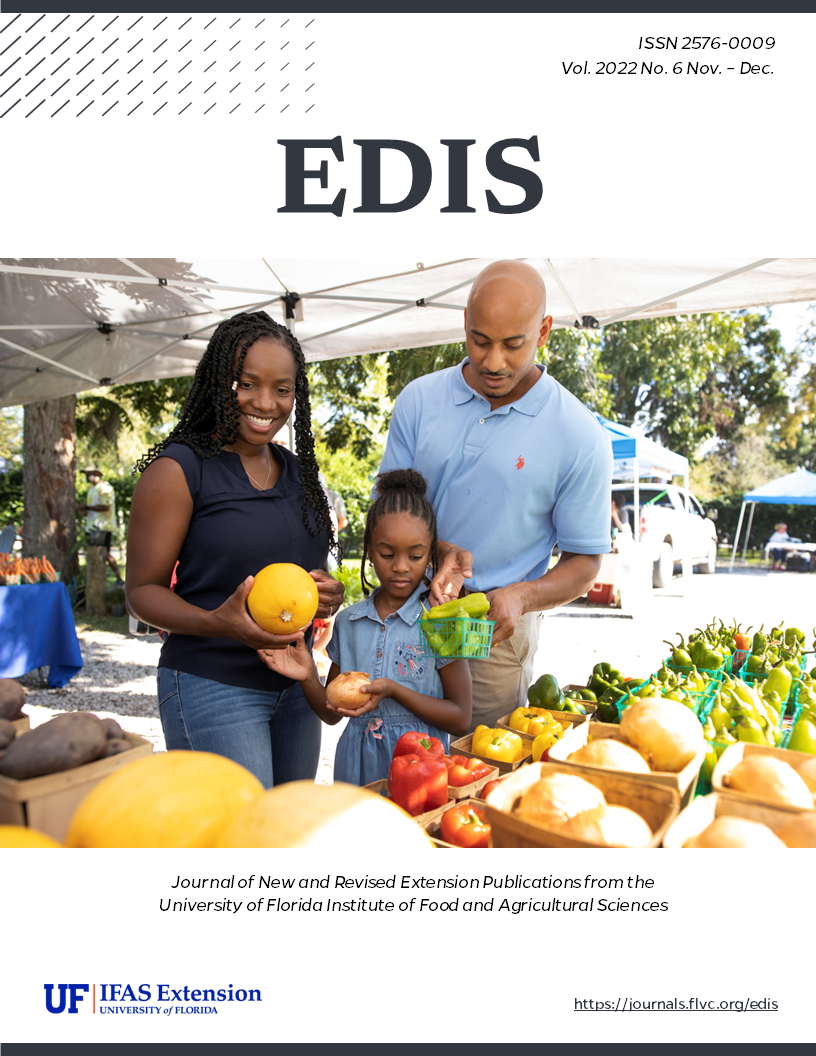Abstract
This is the third publication in the Streaming Science EDIS series focused on how to use mobile hardware and software for engagement with your target audience. This new 6-page publication of the UF/IFAS Department of Agricultural Education and Communication focuses on a model called Scientist Online for live webcast electronic field trips (EFTs). Through Scientist Online EFTs, Streaming Science connects university scientists and Extension professionals with PK-12 students around the world for small-scale presentations, demonstrations, and discussions. Written by Jamie Loizzo, Caroline Barnett, Christine Krebs, and Gabriel Spandau.
https://edis.ifas.ufl.edu/wc424
References
Bandura, A. (1989). Social cognitive theory. In R. Vasta (Ed.), Annals of child development. Vol. 6. Six theories of child development (pp. 1–60). JAI Press.
Bandura, A., Ross, D., & Ross, S. A. (1963). Vicarious reinforcement and imitative learning. The Journal of Abnormal and Social Psychology, 67(6), 601. https://doi.org/10.1037/h0045550
Beattie, P. N., Loizzo, J. L., Kent, K. W., Krebs, C. L., Suits, T. E., & Bunch, J. C. (2020). Leveraging Skype in the Classroom for science communication: A Streaming Science – Scientist Online approach. Journal of Applied Communication, 104(3), 1–15. https://doi.org/10.4148/1051-0834.2328
Kolb, D. (1983). Experiential learning, experiences as the source of learning and development. Englewood Cliffs, New Jersey: Prentice Hall.
Kolb, D. A. (2014). Experiential learning: Experience as the source of learning and development. FT press.
Krebs, C. L., Loizzo, J. L., Stone, W. A., & Telg, R. W. (2020). Scientist Online: Entomologists’ experiences engaging with school audiences through Skype in the Classroom. Frontiers in Communication—Science and Environmental Communication, 5(576593). https://doi.org/10.3389/fcomm.2020.576593
Loizzo, J., Harner, M., Weitzenkamp, D., & Kent, K. (2019). Electronic field trips for science engagement: The Streaming Science model. Journal of Applied Communications, 103(4), 1–11. https://doi.org/10.4148/1051-0834.2275
Loizzo, J., Krebs, C., & Nickerson, N. (2022). Connection classrooms to natural resource places and faces: Electronic field trips and virtual reality tours. The Agricultural Education Magazine, 95(1), 10–13. https://www.naae.org/profdevelopment/magazine/archive_issues/Volume95/2022%2007%20--%20July%20August.pdf
National Academies of Sciences, Engineering, and Medicine (NASEM). (2017). Communicating science effectively: A research agenda. Washington, DC: The National Academies Press. https://doi.org/10.17226/23674
Nisbet, M. C., & Scheufele, D. A. (2009). What's next for science communication? Promising directions and lingering distractions. American Journal of Botany, 96(10), 1767–1778. https://doi.org/10.3732/ajb.0900041
Reincke, C. M., Bredenoord, A. L., & van Mil, M. H. W. (2020). From deficit to dialogue in science communication. EMBO Reports, 21(9). https://doi.org/10.15252/embr.202051278
Smith, G. A., & Sobel, D. (2010). Place- and community-based education in schools. Routledge.

